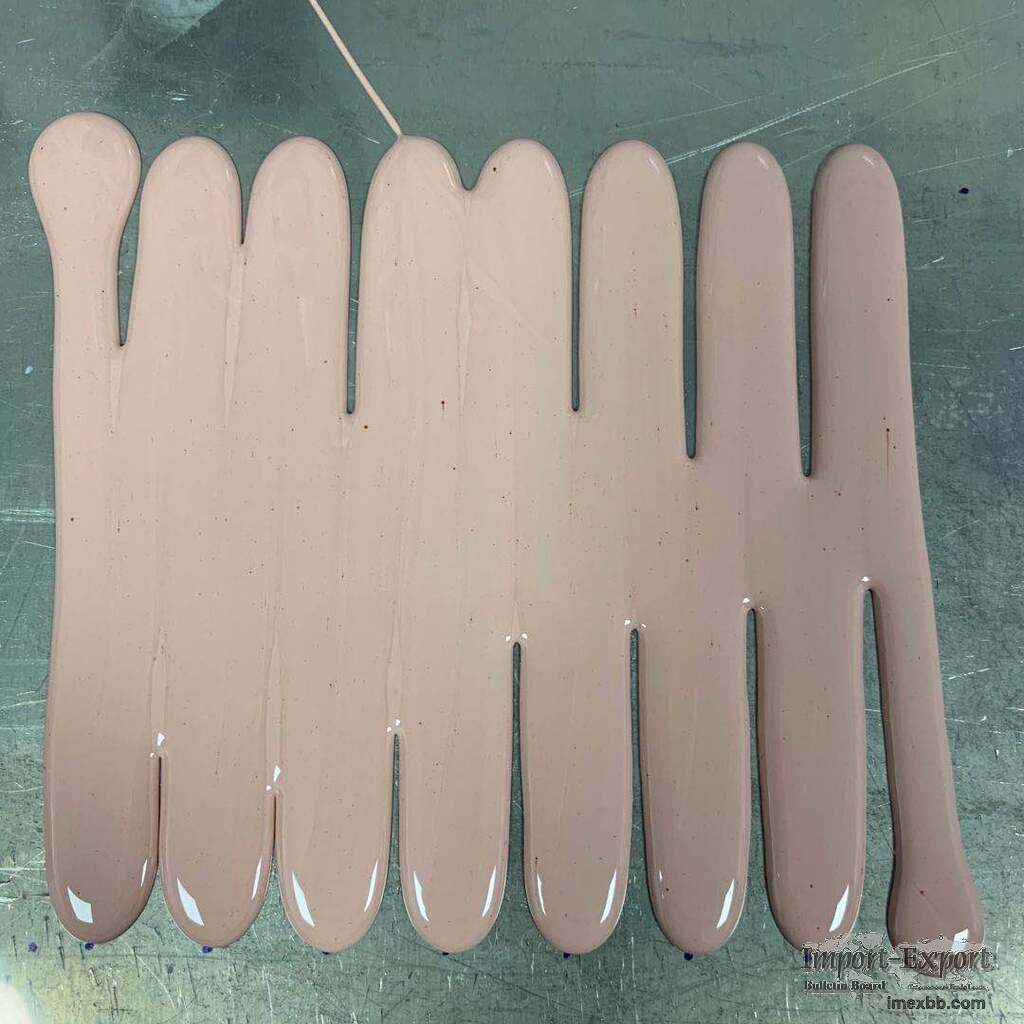 |
 |
Home > Offers to Sell > Chemicals & Plastics > Rubber Products > Automotive Rubber
| Contact: | Lyn Gui |
|---|---|
| Company: | Goldlink Tongda Electroncis Co., Ltd |
| Rm619,Huafengxin'an building, Baoan | |
| Shenzhen 518101 | |
| China | |
| Phone: | 86-755-27579310 |
| Fax: | 86-755-27579350 |
| E-Mail: | |
| Date/Time: | 7/20/21 7:18 GMT |
GLPOLY Thermally Conductive Adhesive-Extreme Temperature Cycling Validated
With the boom of electric vehicles, the structure of battery pack has been
improved a lot, from module-pack to “Cell To Pack”, refer to “CTP”. It will
decrease structural complexity, reduce overall weight of battery pack,
increase energy density per unit volume and range, thus requiring a
material combining two significant functions of thermally conductive and
structural bonding, namely thermally conductive structural adhesive.
At present, it’s not easy to get such a thermally conductive structural
adhesive with high reliability. You can find PU based products in the
market, but it never is the right solution for battery cell bond due to
poor reliability. Why no engineers used it in battery pack instead of
thermal gap pad or thermal gap filler in the past several years? because
the performance and reliability of PU attenuate a lot in the next four to
five years according to simulation of ageing test, It may lead to car
recall event in practical application.
To avoid this problem, GLPOLY has abandoned PU technical roadmap and
developed a new material-modified epoxy based thermally conductive
structural adhesive. This is a new technical roadmap far surpassing PU or
epoxy based products. From the perspectives of thermal conductivity,
hardness and shear bond strength, we can see the differences between GLPOLY
modified epoxy based thermally conductive structural adhesive and PU or
epoxy based products.
Here are some test instructions:
1. Thermal conductivity. A/B component 1:1 mixed in volume, curing in 24
hours at room temperature. Specimens in Dia30X2.0mm are placed in ageing
test chambers at 125 Celsius degree for 1000hours and in hygrothermal
ageing chamber at 85 Celsius degree, RH85% for 1000hours. After testing,
thermal conductivity of specimens will be tested to find the difference
before and after test.
2. Hardness. Check the hardness directly after thermal conductivity test
has been completed.
3. Shear bond strength. One end of two Al bars are overlapped and bond by
thermally conductive structural adhesive, after ageing test, we test the
bond strength by mechanical properties tester.
GLPOLY thermally conductive structural adhesives are performance and
reliable with data change less than 10% before and after test and has the
features and advantages:
1. GLPOLY thermally conductive structural adhesive has 8MPa bonding
strength, almost twice stronger than PU based products, enduring extreme
temperature cycling test from -45~175 Celsius degree without crack;
2. Flammability UL94 V-0, goes out when leave the fire;
3. Service temperature -45~175 Celsius degree, short term: 250 Celsius
degree;
GLPOLY thermally conductive structural adhesives have been validated by EV
customers and battery manufacturers such as AIWAYS Motor, Lixiang Motor,
Xiaokang Motor, LISHEN Battery and more, and have been introduced for mass
production.
GLPOLY has collaborated with many leading enterprises in each industry,
such ahs GAC Motor, Lixiang Motor, NIO Motor, LG, DJI, DT Mobile etc,
providing advanced thermal interface materials to protect their brand
reputation for performance and reliability.
Minimum Order: 100 kilograms
SOURCE: Import-Export Bulletin Board (https://www.imexbb.com/)
Similar Products:Not exactly what you are looking for? Post an Offer to Buy!
![]()
© 1996-2010 IMEXBB.com. All rights reserved.
|
|
|






